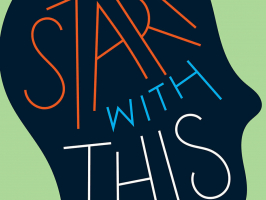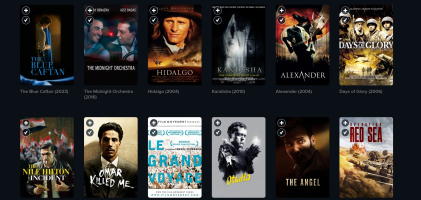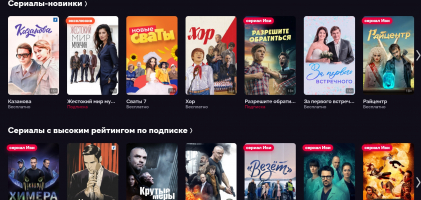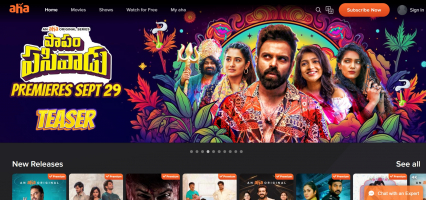Top 5 Best Exercises to Get to Know Your Students Better
In a covid-19 pandemic, hindered by video screens, fluctuating schedules, and health regulations, teachers are up against the odds this school year when it ... read more...comes to getting to know their students. Celebrating your students’ unique experiences and identities can bolster connections that keep them engaged and performing better in school. So what can you do to understand your students? Let's find out the best exercises to get to know your students better below!
-
Students can profit from an interesting essay assignment: write about the ideals and concepts that guide their life. The seemingly insignificant "laws of life" activity grew into a much larger undertaking that assisted students in developing a greater sense of self, purpose, and possibilities for the future. To carry out the assignment in class, the teacher should suggest that students reflect on their lives both in and out of school, as well as the experiences and people that shaped them. The teacher then instructs students to identify significant traits that have influenced their lives and then write an essay, make a film, or create other multimedia content centered on the "laws" or principles that drive them.
Question prompts like “who do you admire? list three of their admirable traits” and describe an incident or event from which you learned a lesson ‘the hard way” can help guide students. Periodically throughout the year, the teacher has students refer back to their essays to reflect on what they wrote and ask themselves “what’s changed?” and “what’s stayed the same?”.
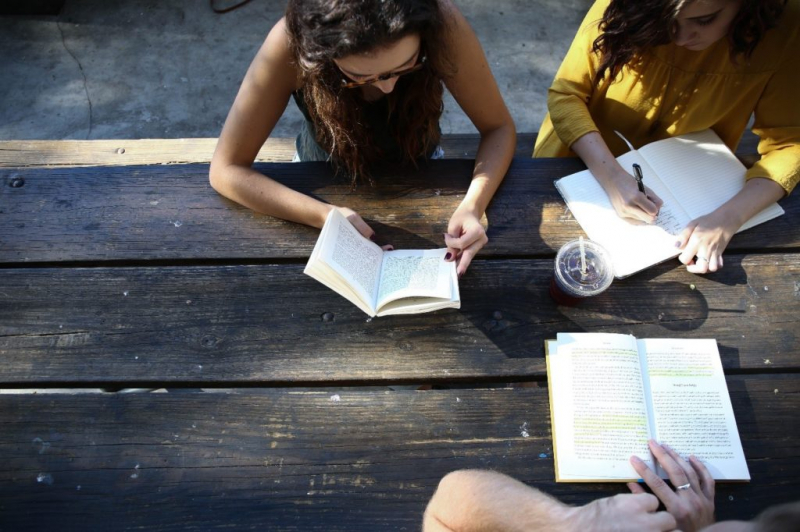
via: Toppr 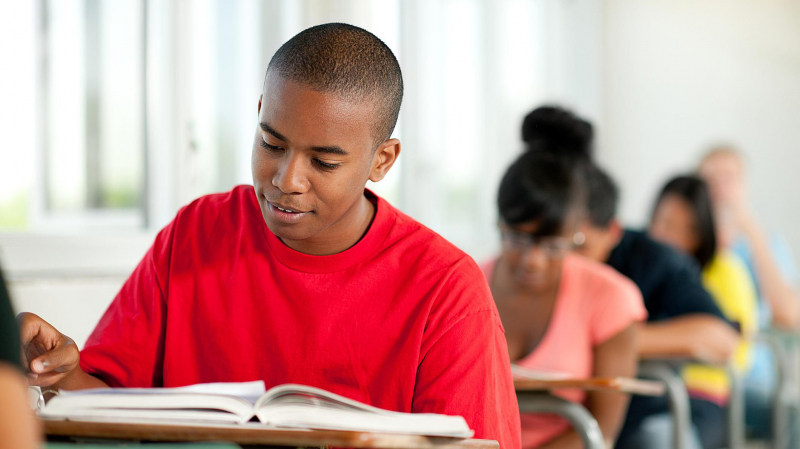
via: ThoughtCo -
A teacher can design a lesson to help her pupils explore their identities in order to get to know them and ensure that they feel seen in the classroom. First, the teacher establishes the context for the debate by defining identity. The teacher then shows pupils images of their faces and asks them to estimate their "identification features". Following that, the teacher reveals the genuine details and leads a class discussion. To complete the project, students create their own "identity pictures", or half-face photographs.
For middle school pupils, the education organization Facing History and Ourselves proposes a similar project called "who am I?". To begin, teachers choose some key historical figures or fictional characters, thinking inclusively and avoiding stereotypes, choosing a diverse range of people from various backgrounds, and ask students to discuss "factors such as religion, gender, and geography" that influenced their identities.
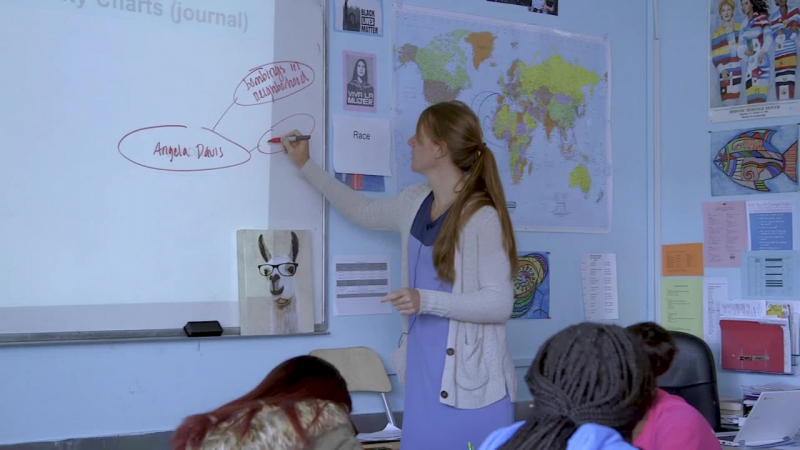
via: Facing History 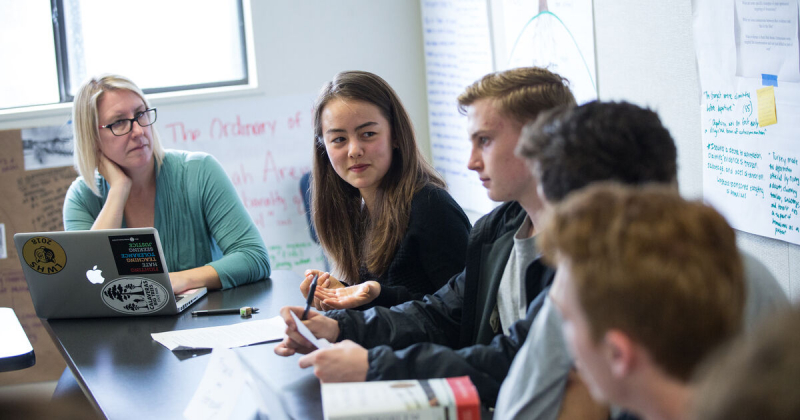
via: Facing History -
Student inventories can assist teachers in swiftly determining characteristics and facts about students that shape who they are, and they can also be used to organize future class activities and lectures. For example, the teacher might ask students to identify their favorite bands, songs, sports, activities, games, or foods, or delve deeper with questions about their culture, memories, and family.
Another possibility is to have students write 20 sentences that complete the prompt, "I am someone who..." or to pose a short list of thought-provoking questions in one-on-one aspirations and dreams conferences. Ask questions that go to the heart of who students are today and who they want to be in the future, such as "what bugs you about the world?", "what motivates you?" and "what dreams do you have after high school?". Teachers might look for patterns in student replies and apply what they discover to create classroom lessons and activities that are relevant to student's interests.
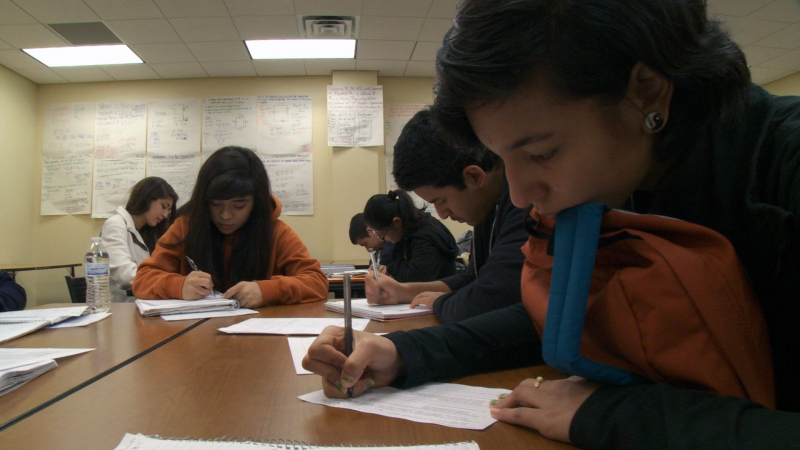
via: Edutopia 
via: Verywell Mind -
Students might participate in an exercise called "passion blogging", in which they write about themes that interest them. Students begin by creating "heat maps", which are giant hearts filled with drawings and phrases representing their interests. They then choose one or two themes to investigate further and search for relevant articles, photographs, and videos. In addition, the teacher provides supporting class lectures on the attribution of sources, texts, quotes, and imagery, as well as mentor texts to help students with their writing.
Students' blogs can cover a wide range of topics, from pheasant hunting to hunger strikes to mountaineering, and allow students to delve deeply into topics that interest them. Students are also required to read and evaluate several of their classmates' blogs as part of the process. Overall, the low-stakes activity acts as a springboard for students to improve their literary analysis skills for more difficult projects, while also assisting teachers in getting to know their students better.

via: Three Girls Media 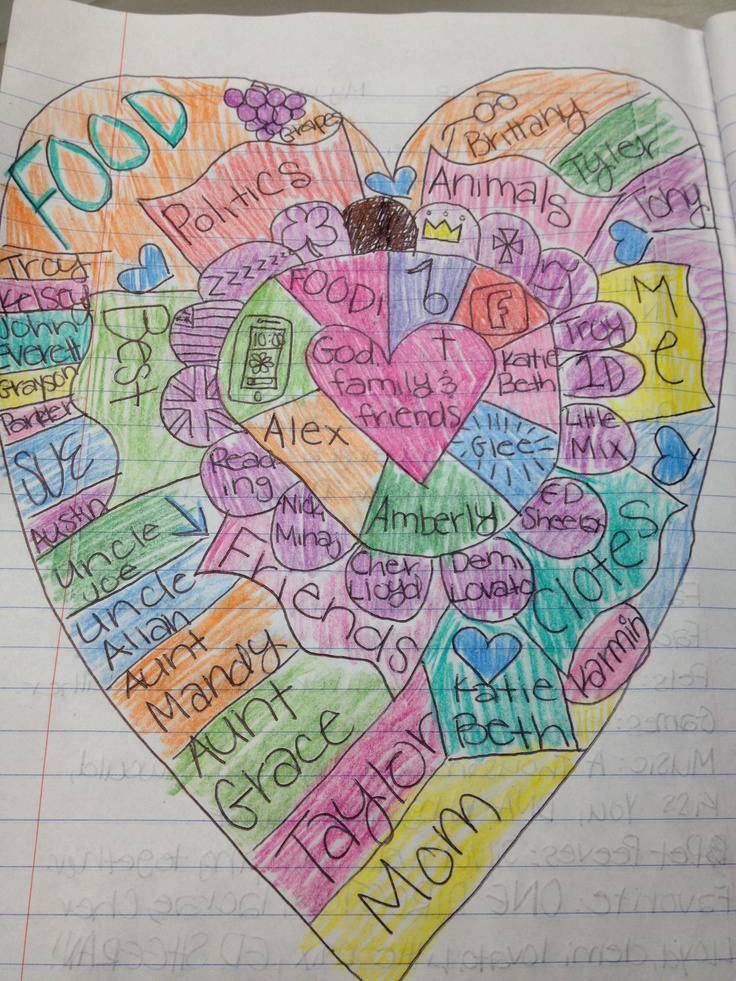
via: Pinterest -
Despite the fact that many teachers and students are experiencing a virtual brain drain, digital tools can give new, creative avenues for students to explore and identify their interests and personalities. Teachers are requiring students to create autobiographical mini-movies or trailers about their life, as well as podcasts or articles for digital school newspapers on themes that are important to them.
The teacher can teach a lesson on Dorothea Lange’s famous black-and-white photography from the Great Depression. The teacher then instructs the kids to snap their own images using their phones to document their lives. She leads them through the topics "life outside your door", "through a window", "different life inside", and "family porch images". When children are faced with adversity, it can be beneficial to take an artistic approach.
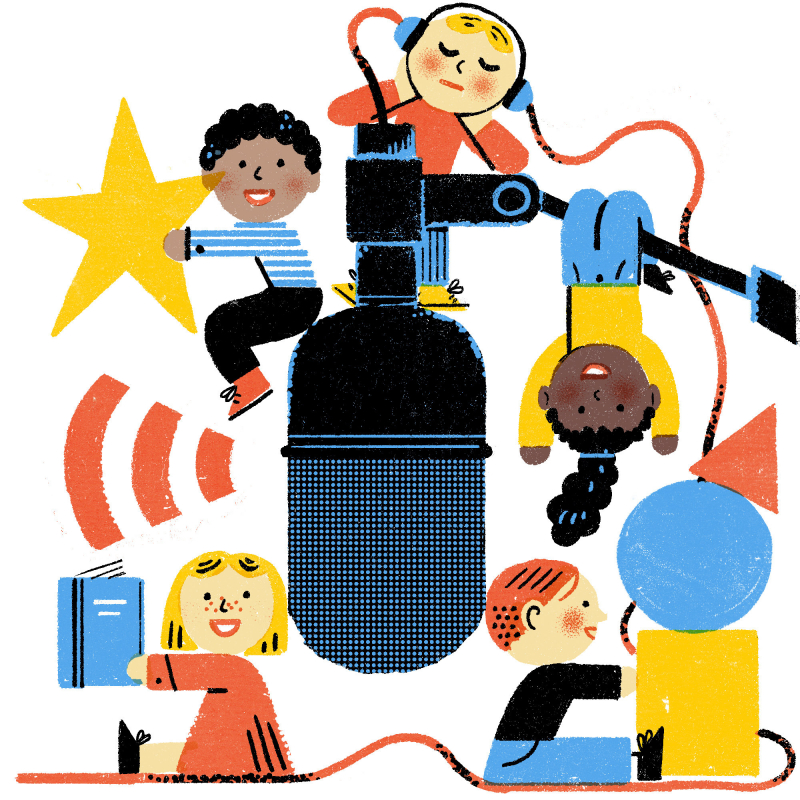
via: The New York Times 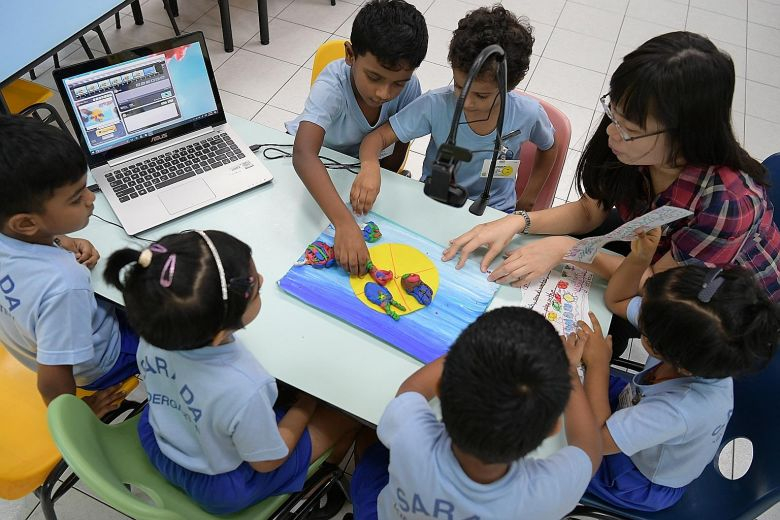
via: EA Study













